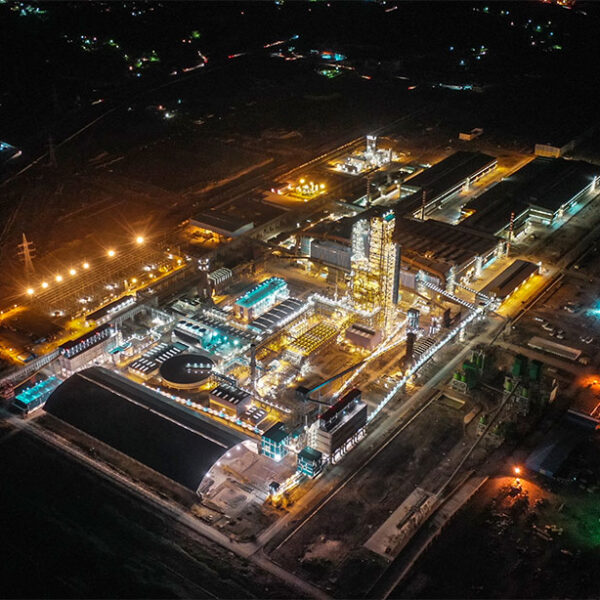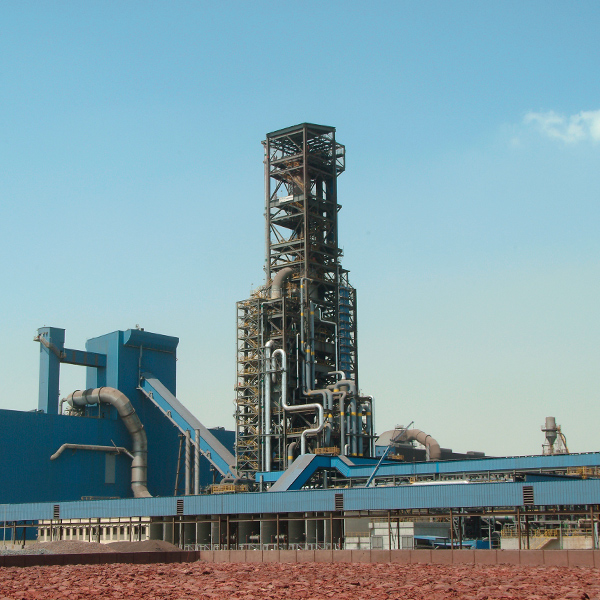MIDREX® Direct Reduction Plants – 2019 Operations Summary
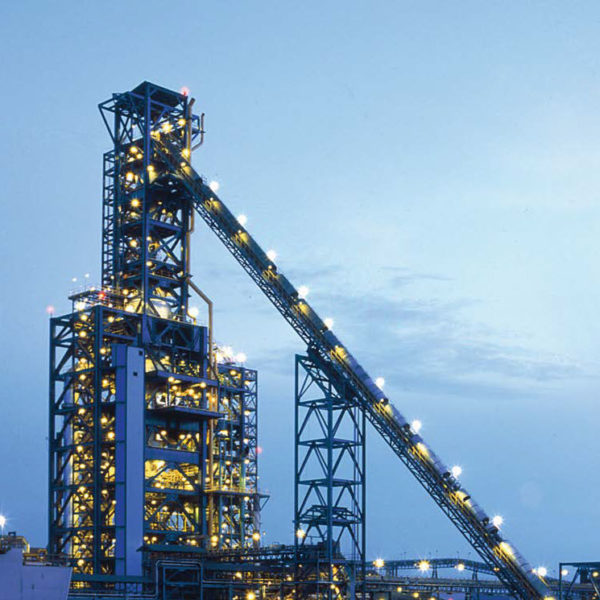
MIDREX® Plants produced 67.7 million tons of DRI in 2019, 5.1 percent more than the 64.4 million tons produced in 2018.
MIDREX® Plants produced 67.7 million tons of DRI in 2019, 5.1 percent more than the 64.4 million tons produced in 2018.The production for 2019 was calculated from the 39.2 million tons confirmed by MIDREX Plants located outside of Iran and the 28.5 million tons for Iran reported by the World Steel Association (WSA). Approximately 7.4 million tons of hot DRI (HDRI) were produced by MIDREX Plants, which were consumed in nearby steel shops and assisted them in reducing their energy consumption per ton of steel produced and increasing their productivity.
MIDREX Plants* have produced a cumulative total of more than 1.1 billion tons of all forms of DRI (CDRI, HDRI, and HBI) through the end of 2019.
MIDREX Technology continued to account for 80% of worldwide production of DRI by shaft furnaces. At least eight MIDREX Modules established new annual production records and at least seven established new monthly production records (no detailed production information has been received from Iran). Eight additional modules came within 10% of their ecord annual production and 13 operated in excess of 8,000 hours.
No new modules were started up in 2019; however, two are under construction: a 2.5 million t/y module designed to produce CDRI and HDRI, owned by Algerian Qatari Steel (AQS) in Bellara, Algeria, and a 1.6 million t/y HBI module belonging to Cleveland-Cliffs in Toledo, Ohio, USA.
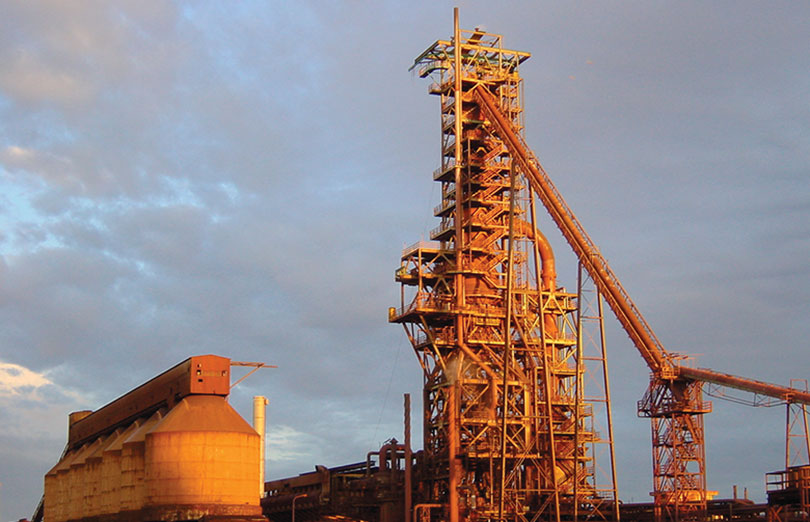
Antara Steel Mills
2019 Plant Highlights
Acindar
In its 41st year of operation, ACINDAR’s module exceeded rated capacity despite challenging local market conditions and the typical natural gas curtailment during the winter months. With over 31.5 million tons produced, ACINDAR has obtained the most production from a 5.5-meter MIDREX Shaft Furnace
Antara Steel Mills
In its 35th anniversary year, the first MIDREX HBI Module operated at less than its annual rated capacity due to market conditions. Total iron of its HBI product was the highest of all MIDREX Plants, averaging 93.49% for the year. All production was shipped by water to third parties.
Arcelormittal Canada
Module 1 set a new annual production record, averaging over 80 t/h and more than 8,100 hours of operation in 2019, while setting three consecutive monthly production records in March, April, and May. Module 2 operated above rated capacity, after a record production year in 201
Arcelormittal Hamburg
In its 48th full year of operation, the oldest MIDREX Module in operation exceeded its annual rated capacity. Average product metallization was increased to 95.0%.
Arcelormittal Canada Lázaro Cardenas
AMLC produced 24% over its annual rated capacity of 1.2 million tons in its 22nd year of operation, falling just 20 hours short of reaching 8,000 hours of operation in the year. Its 6.5-meter reduction furnace has produced a total of 33.22 million tons of DRI, the most by a single module to date.
Arcelormittal Point Lisas
Twenty years after the start-up of Module 3, all three MIDREX Modules in Trinidad and Tobago remained shut down throughout the year.
Arcelormittal South Africa (Saldanha Works)
In its 20th year since starting operations, the COREX® export gas-based MxCol® Plant operated the whole year but was limited by the availability of gas from the COREX Plant and by market demand. The module surpassed the 10 million tons production milestone since initial start-up and averaged using 67.8% South African lump ore for the year.
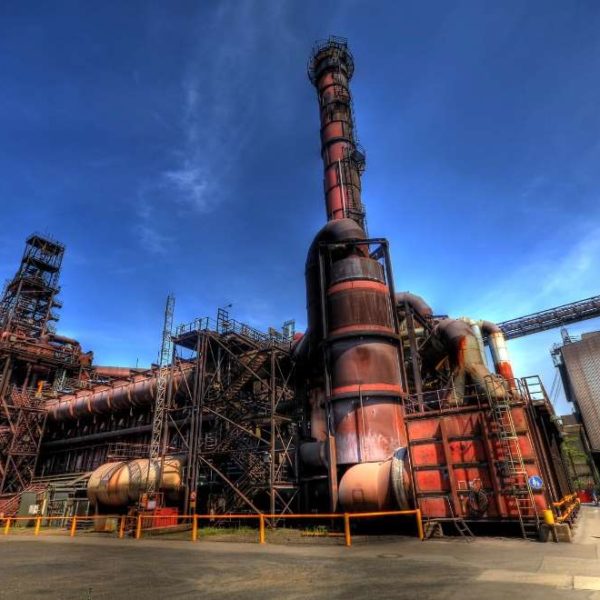
ArcelorMittal Hamburg
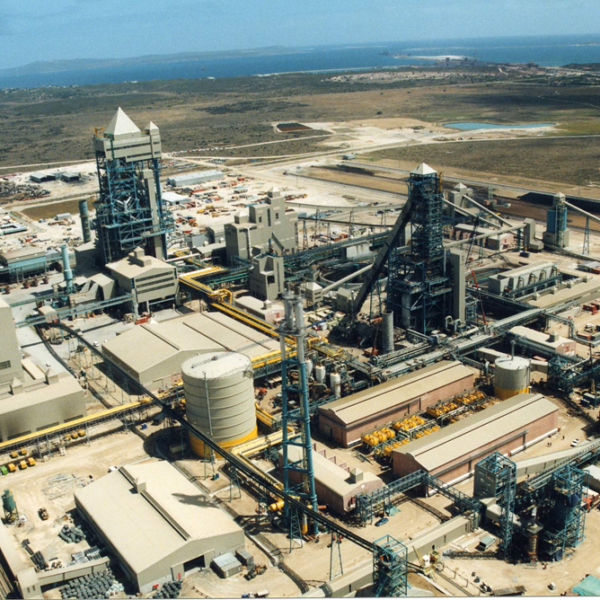
ArcelorMittal South Africa

ArcelorMittal Lazaro Cardenas
COMSIGUA
COMSIGUA’s production of HBI increased compared to 2018 but was restricted by the limited supply of locally produced pellets.
Delta Steel
The two modules in Nigeria did not operate in 2019.
DRIC
Both of DRIC’s modules in Dammam, Saudi Arabia, set new annual production records for a second consecutive year in 2019, mainly through an increased number of operating hours (averaged 8,500 hours). The two-module plant set an annual production record of 1.09 million tons of DRI.
ESISCO
The MIDREX Module restarted operations in December 2019, after being shut down since January 2016 due to high natural gas prices in Egypt, as well as competition of foreign steel products.
Essar Steel
In the 15th anniversary year since start-up of Module 4, Essar’s six modules operated at less than maximum capacity; however, their DRI production totaled 4.84 million tons, which almost equaled their DRI production record of 4.86 million tons set in 2018. Modules 2-5 produced 2.5 million tons of HDRI (over 83% of their production), with the balance being HBI. Modules 5 and 6 operated using off-gas from Essar’s COREX Plant for ~20% of their energy input.
EZDK
With increased natural gas availability in Egypt, EZDK’s modules operated at about 82% of their rated capacity. Module 3 operated 8,300 hours in the year and was within 7% of its annual production record. Due to the current pellet shortage, EZDK continued to use ~25% lump ore in the oxide feed mix through the first half of the year.
Ferrominera Orinoco
Ferrominera Orinoco’s HBI module in Puerto Ordaz, Venezuela, did not operate in 2019 due to limited availability of locally produced oxide pellets.
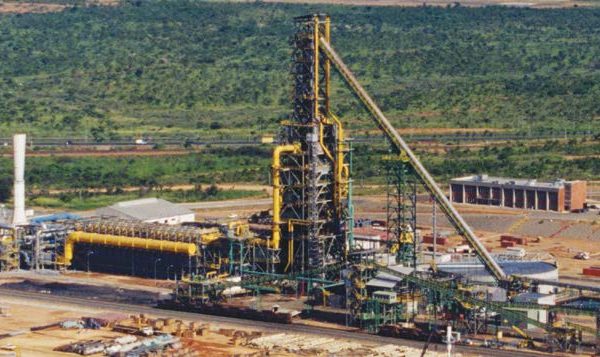
Comsigua
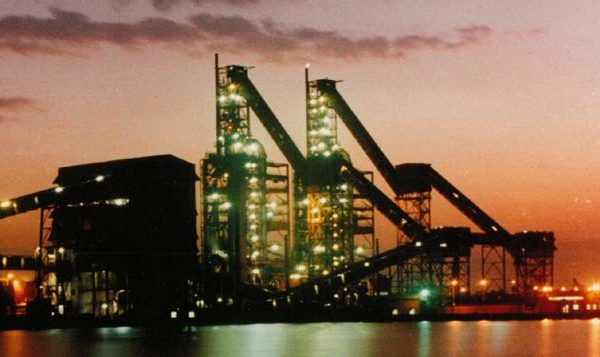
Essar Steel
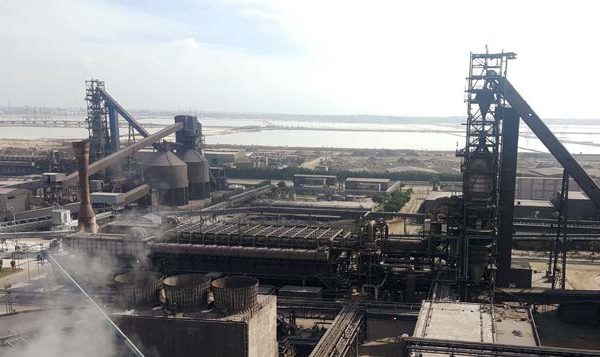
EZDK
Hadeed
Hadeed exceeded rated capacity for the 35th consecutive year in Modules A and B and for the 27th consecutive year in Module C. Module C fell 400 tons short of producing one million tons of CDRI, operating 7,922 hours in the year. After 12.5 years of operation, Hadeed E almost reached a total of 21 million tons since start-up in July 2007 and came within 0.2% of breaking its monthly production record in May. Hadeed’s four MIDREX Modules have produced over 93 million tons of DRI to date. Hadeed also owns an HYL module (Module D).
Jindal Shadeed
Following a shutdown for major maintenance and improvements in 2018, and with increased natural gas availability, Jindal Shadeed established a new annual production record (17% more than rated capacity). The HOTLINK® Plant operated 8,245 hours in 2019 at an average of 212 t/h and twice broke monthly production records. The module is designed to produce mainly HDRI, with HBI as a secondary product stream. A major portion (~89 %) of its annual production of over 1.74 million tons was consumed as HDRI in Jindal Shadeed’s adjacent steel shop.
JSPL (Angul)
In its 5th anniversary year, Jindal Steel and Power Limited’s (JSPL) MxCol Plant in Angul, Odisha State, India, restarted operations for approximately 1.5 months in early 2019 but remained shut down for the rest of the year. This is the first MxCol Plant using synthesis gas from coal gasifiers to produce both HDRI and CDRI for the adjacent steel shop.
JSW STEEL (DOLVI)
In its 25th anniversary year, JSW Steel’s module operated very consistently for 8,174 hours. The system installed at the end of 2014 to reduce natural gas consumption by adding coke oven gas (COG) from JSW Steel’s coke oven batteries to the reduction furnace operated throughout the year, providing over 14% of the plant’s energy requirement. The module has averaged more than 8,030 hours per year of operation since its initial start-up in September 1994.
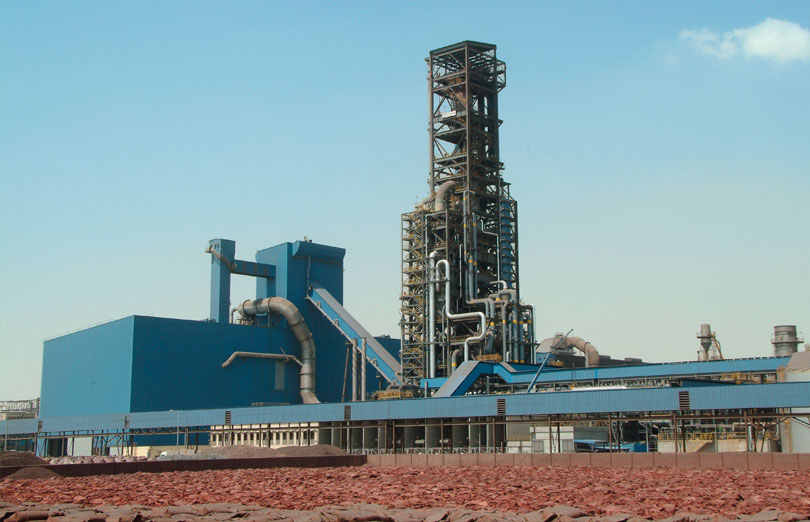
Hadeed Module E
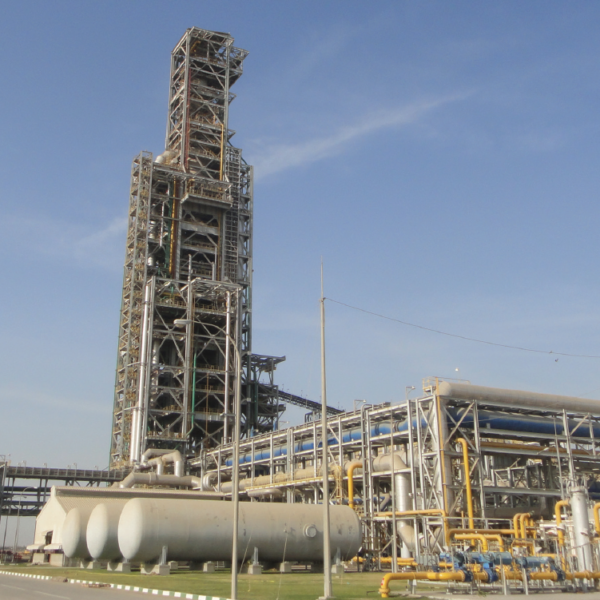
Jindal Shadeed
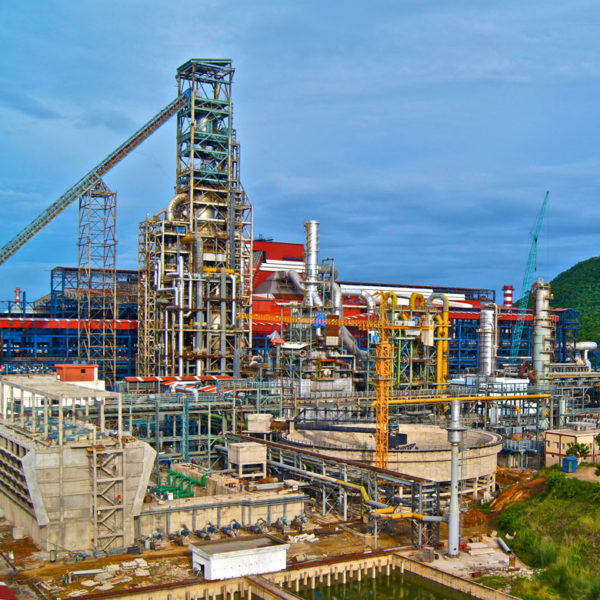
JSPL (Angul)
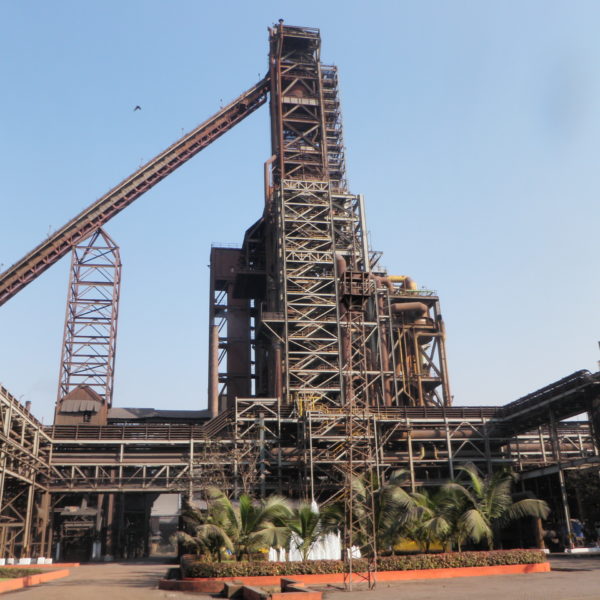
JSW Steel (Dolvi)
JSW Steel (Toranagallu)
In its fifth anniversary year, JSW Steel’s HDRI/CDRI module in Toranagallu, Karnataka State, India, using COREX export gas as energy input, produced 88% of its annual production record set in 2018. This is the second plant of its kind – the first one being ArcelorMittal’s COREX/MIDREX Plant at Saldanha, South Africa.
Lebedinsky GOK
LGOK’s MIDREX HBI Modules 2 and 3, located in Gubkin, Russia, and belonging to the Metalloinvest Group, set a new annual combined production record in 2019, averaging over 8,000 hours of operation. Module 3 set a new annual production record for the third consecutive year and Module 2 set a new monthly production record in May 2019. LGOK HBI-3 has produced over 5.4 million tons since its start-up in March 2017, and with over 23 million tons of combined production, the two modules surpassed the 20 million-ton milestone in 2019. LGOK HBI-1 is an HYL plant.
Lion DRI
The Lion DRI module, located near Kuala Lumpur, Malaysia, remained shut down throughout 2019 due to insufficient market demand for locally produced steel products.
LISCO
Thirty years after start-up of Module 1, production by LISCO’s three HBI modules in Misurata, Libya, was restricted to approximately 50% of rated capacity by ongoing civil unrest. The combined production of the three modules surpassed the 30 million tons milestone in 2019.
NU-IRON
In its 13th full year in operation, Nucor’s module in Trinidad and Tobago produced over 1.7 million tons of CDRI, breaking its previous annual production record with over 8,000 hours of operation. Nu-Iron also broke its monthly production record in January, reaching an average production rate of 224 t/h. Average DRI metallization for the year was the highest of all MIDREX Plants at over 96.1%, with 2.66% carbon in the DRI.
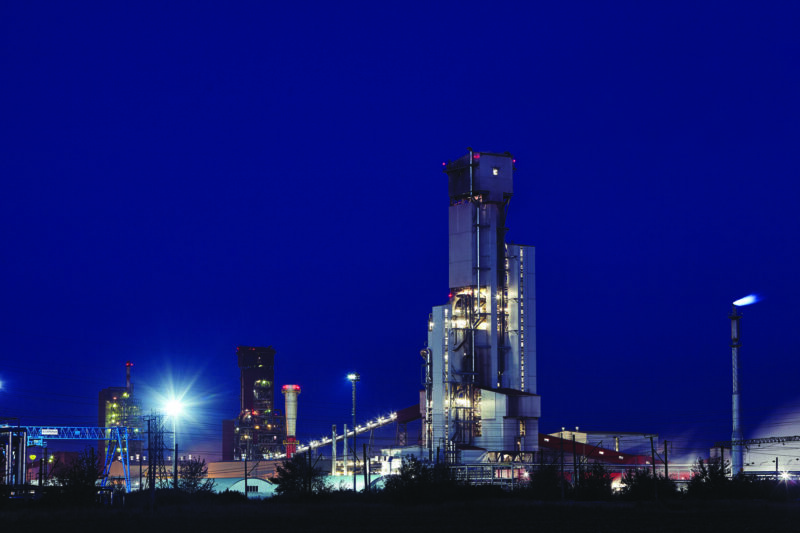
LGOK HBI-2 and HBI-3
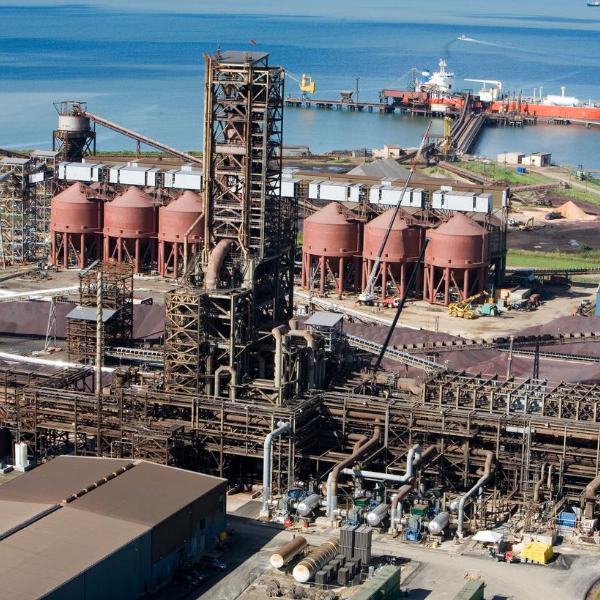
Nu-Iron Unlimited
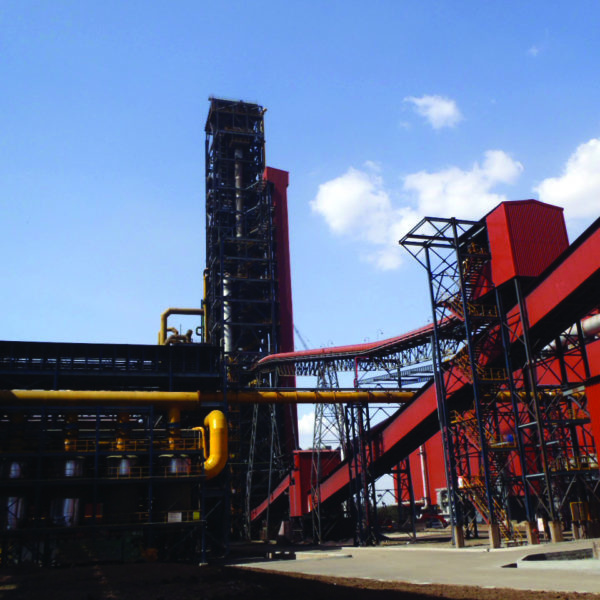
JSW Steel (Toranagallu)
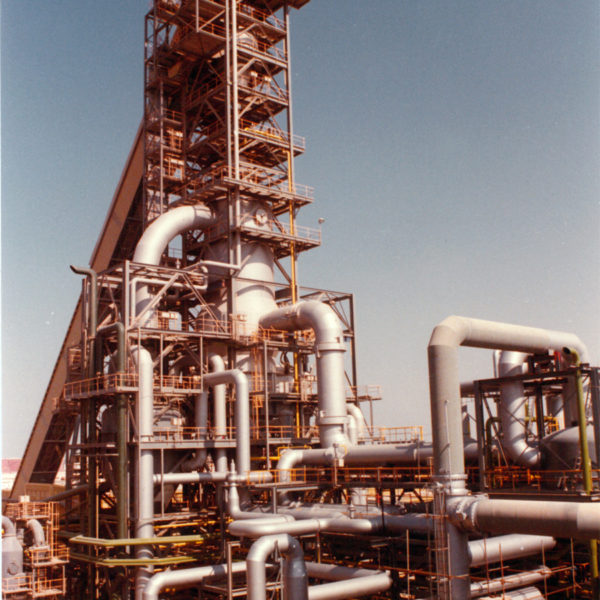
LISCO
OEMK
OEMK’s four modules had a combined record production year with over 3.2 million tons in 2019. The production of all four modules was within 1-5% of their individual record levels and all operated more than 8,400 hours in the year, averaging 8,434 hours. The total combined DRI output of OEMK surpassed the 70 million-ton milestone in 2019, and Module 1, the first to start-up in December 1983, surpassed the 20 million tons production milestone.
Qatar Steel
In its 12th full year of operation, Qatar Steel’s dual product (CDRI/HBI) Module 2 operated 10% over its rated annual capacity of 1.5 million t/y and set a new monthly production record in May, while averaging 233 t/h. Module 2 also set a record for 251 days of continuous operation. The entire production from Module 2 was CDRI, averaging 94.7% metallization and 2.54% carbon for the year. The production of Module 1 was less than 4% below its record annual production while operating over 8,292 hours during the year. Qatar Steel’s Module 1 has produced over 27 million tons of DRI since its start-up in 1978, the most for a 5.0-meter shaft furnace.
Sidor
Forty years after start-up, Sidor 2, which includes three modules, was idle due to a lack of oxide pellets. Single-module Sidor 1 also was inactive due to the allocation of the limited supply of oxide pellets in Venezuela to the HBI plants, which produce products for export.
SULB
Despite a scheduled major maintenance shutdown near year end, SULB’s 1.5 million t/y combination module (simultaneous CDRI/HDRI production) in Bahrain achieved 91% of its production record set in 2018. SULB set a new monthly production record, averaging 215 t/h in March. Over 1.0 million tons of HDRI were sent directly to the steel mill and over 60% of the balance was exported by ship as CDRI.
TenarisSiderca
TenarisSiderca operated below maximum capacity and was down for almost three months at midyear due to limited DRI demand by the steel shop and a natural gas curtailment during the winter months. The module’s DRI metallization percentage was second highest of all MIDREX Plants at 95.40%.
Tosyali Algérie
After starting operations in November 2018, Tosyali Holding’s 2.5 million t/y combination module, located in Bethioua, near Oran, Algeria, continued ramping up operations and set new annual and monthly production records. While sporadically operating above its rated capacity of 312.5 t/h, the module’s production was restricted by market conditions and internal strife in Algeria. This is the largest capacity MIDREX Module built to date.
Tuwairqi Steel Mills
The 1.28 million t/y combination module of Tuwairqi Steel Mills, located near Karachi, Pakistan, did not operate in 2019 due to market conditions.
VENPRECAR
VENPRECAR’s HBI production was restricted by the limited availability of iron ore pellets in Venezuela.
voestalpine Texas
The voestalpine Texas 2.0 million t/y HBI module located near Corpus Christi, Texas, USA, continued to ramp up production, setting a new annual production record in 2019. voestalpine Texas is a 100% subsidiary of voestalpine AG in Austria.
EDITOR’S NOTE:
At the time of printing, no detailed information had been received from MIDREX Plants located in Iran.

